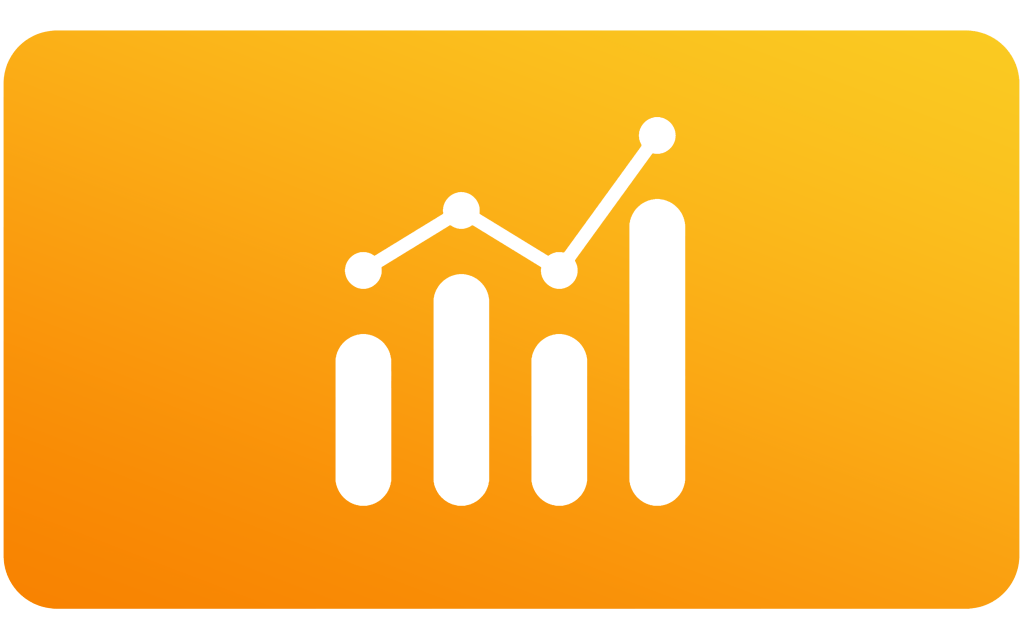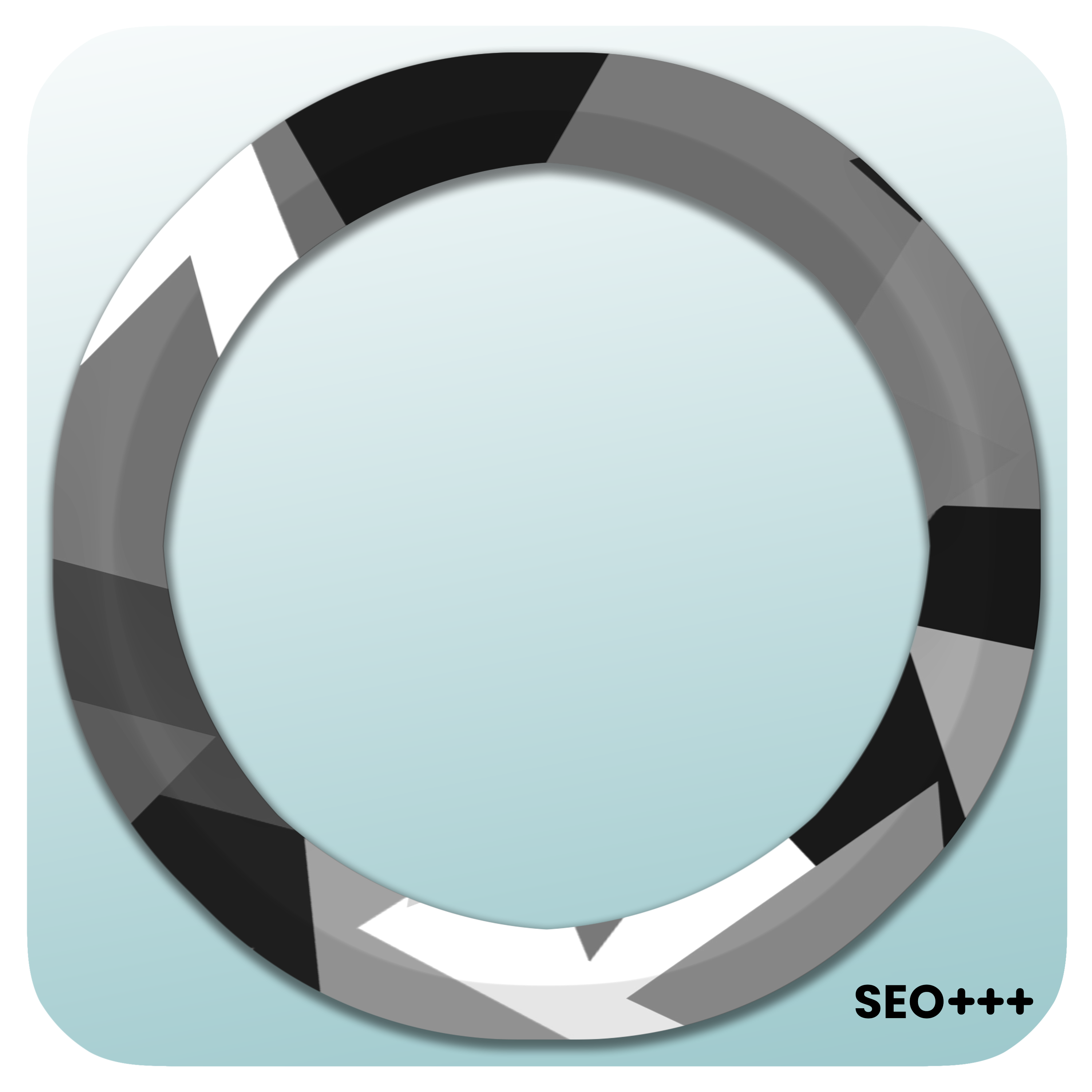
SEO
Search Engine Optimization.
Match With The Keys,
Match With The Customers.
Google, Bing, Yandex and More.

What is SEO?
Optimizing a Website for Search Engine Index
Search Engine Optimization is a multifaceted strategy focused on enhancing a website’s visibility and ranking on search engine results pages through technical, content, and off-site optimizations.

Site URL Structure Optimization
Structuring URLs logically and including relevant keywords for better search engine readability and user understanding.

Search Engine Verification
Verifying ownership of the site through tools like Google Search Console for data insights and control over site indexing.

Keyword Research and Analysis
Identifying relevant keywords that align with your content and audience search queries.

Blog Writing and Content Creation
Developing high-quality, engaging content such as blogs, articles, and guides using targeted keywords and providing value to the audience.

On-Page Optimization
Enhancing individual web pages with targeted keywords, meta tags, and content improvements for better search engine rankings.

Technical SEO Audit
Conducting regular audits to ensure proper site functionality, addressing issues like site speed, mobile-friendliness, and crawlability.

Content SEO and Internal Linking
Optimizing content with relevant keywords, headings, and internal linking strategies to improve visibility and user experience.

Monitoring and Reporting
Continuously tracking and analyzing key metrics like traffic, rankings, and conversions to refine and improve SEO strategies.
Learn More About SEO
It involves a meticulous approach to website structure, employing relevant keywords, and creating high-quality, engaging content that aligns with user intent and search engine algorithms.


Looking Closer to SEO
Technical SEO involves improving site speed, mobile-friendliness, and ensuring proper indexing by search engine crawlers. On-page SEO focuses on optimizing content, meta tags, and internal linking, while off-page SEO involves building quality backlinks from reputable sources.
The goal of SEO is to increase organic traffic, improve online presence, and ultimately drive conversions by providing users with valuable, relevant information and a seamless browsing experience.
Looking Closer to SEO
Technical SEO involves improving site speed, mobile-friendliness, and ensuring proper indexing by search engine crawlers. On-page SEO focuses on optimizing content, meta tags, and internal linking, while off-page SEO involves building quality backlinks from reputable sources.
The goal of SEO is to increase organic traffic, improve online presence, and ultimately drive conversions by providing users with valuable, relevant information and a seamless browsing experience.

Search Engine Optimization Plans
→ Search Engines always scan the web via scanner bots to find and index the most relative results that can be matched with user keywords. This process is for categorizing the web and making user friendly.
→ In all this process, Search Engine algorithms consider different parameters at the ranking stage of a website in search engine results pages (SERPs).
These parameters include both technical SEO, such as url structure, sitemaps, server configuration, DNS, clean developed CSS and HTML codes, links, meta tags and meta (alt) informations; and on-page content SEO such as headings, content keywords, context and keyword analysis.



